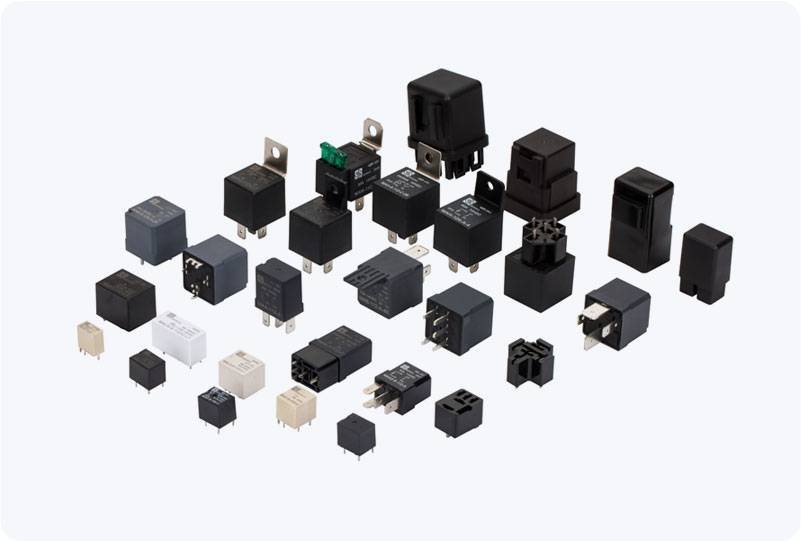Relays are essential components in modern automotive systems, acting as switches that control various electrical circuits. In a car, a relay helps to control the flow of electricity to specific systems, ensuring efficient operation and protecting the circuits from damage. There are several types of relays used in vehicles, each designed for specific functions. Understanding these relay types is crucial for anyone involved in automotive repair, electrical systems, or car maintenance. This article explores the different car relay types, their functions, and where they are typically used in vehicles.

1. SPDT (Single Pole Double Throw) Relay The SPDT relay is one of the most common types of relays found in cars. It has a single input (pole) and two output terminals (throws). The relay operates by switching between two different circuits when it is activated. In a typical SPDT relay, when the coil is energized, the relay switches from the normally open (NO) state to the normally closed (NC) state, allowing current to flow to the desired circuit. Applications: SPDT relays are used for a variety of functions in cars, including controlling lights, fans, and auxiliary power systems. For example, a car’s headlight relay uses this type of relay to switch between high and low beams.
Leave a Reply